Hydrangea "Skyfall"
The pearl of the collection of paniculate hydrangeas is the Skyfall variety. It is distinguished by a characteristic highlight - its similarity in flowering with hyacinth and large-flowered lilac. For this feature, the variety is popularly called hyacinth. Fertile flowers that emit a linden aroma attract many insects.When in full bloom, the inflorescence is larger than the head of an adult.
| Content:
|
“The Skyfall variety is considered relatively new. It was bred by the Dutch botanist Guido Ruvette and presented to the audience at the international exhibition “Plantarium” in 2018.
Description of paniculate hydrangea Skyfall
Fast-growing, perennial, self-pollinating, bisexual variety. Strong shoots are erect, brown in color. The leaves are ovoid, with a slight point at the end, dark green. At the tops of the shoots a dense crown of lush caps of large inflorescences is formed. The larger it is, the more expressive the similarity of the flowering with hyacinth. The panicle is conical, dense, up to 30 cm in length.
|
Hydrangea paniculata Skyfall |
The sterile flowers are large and fragrant. They consist of 4 elongated petals, which resemble the shape of a propeller. Often the culture gives a surprise by collecting greenish, snow-white, light pink flowers on one inflorescence.
“Strong side shoots cannot withstand the weight of powerful panicles and bend to the ground, especially after rain. To give the bush a neat appearance, the stems are tied with a rope or a special support is installed.
—
—
Features of growing hydrangea Skyfall
Landing
The Skyfall variety has passed the heat tests with honor and is suitable for planting in sunny places as well as in partial shade.
The site is chosen next to a shelter that will serve as protection from drafts and cold northern winds. The depth of groundwater must be at least 1 m.
- A week before planting, prepare a planting hole. The size is individual, but not less than 50x50x50. The root system spreads along the surface, so the planting hole should be wide at the top.
- Drainage is poured at the bottom. Expanded clay and broken bricks are perfect.
- A soil mixture is prepared in a volumetric container. The components are selected based on the composition of the soil at the planting site. The soil mixture should contain coarse sand. It will make the soil loose, moisture-permeable and breathable. Add leaf humus, peat, and the top layer of soil removed from the hole. For quick rooting, add 50 grams. superphosphate.
- Having mixed the components, fill the planting hole 2/3 with the prepared substrate, pour out a bucket of water.
- The seedling is placed in a hole, and the roots are straightened if necessary. Cover with soil, leaving the root collar on the surface.
- They compact the soil to achieve close contact between the roots and the soil.
- Water generously, the tree trunk circle is mulched with peat and pine sawdust.
|
Planting a hydrangea seedling |
“When two or more seedlings are planted together, maintain a distance of at least 80 cm between them.
Care
In order for the “Skyfall” hydrangea to feel excellent and delight with abundant, powerful flowering, it needs to be given close attention throughout the entire season, using the following cultivation techniques:
Watering
Paniculate hydrangeas love to drink, especially on hot days. However, they cannot tolerate stagnation of water in the roots. If there is no rain, pour 2 buckets onto an adult plant every 3 days. In rainy weather, watering is reduced. It is better to use soft water that has been left in a barrel for several days.
Top dressing
It is a mandatory care measure. First water the tree trunk abundantly so as not to burn the roots with fertilizer. Feed in 4 stages:
- As soon as the snow melts, the plant needs nitrogen in the phase of active sap flow. Azophoska and nitrophoska are added under the root. The granules are scattered in a circle near the trunk, using 2 tablespoons per bush.
- Carry out during the period of laying and formation of buds. At this time, the pet needs nitrogen and potassium. Prepare a mixture of 5 g of magnesium sulfate, 8 g of ammonium sulfate, 3 g of potassium sulfate. Dissolve in 5 liters of water and spray the plantings on the leaf.
- Apply during the flowering period. Mix 30 g of superphosphate, 20 g of ammonium nitrate, 30 g of potassium sulfate. The mixture is dissolved in 10 liters of water and applied at the root once, no later than mid-August.
- A month before the onset of frost, autumn feeding is carried out. It will allow you to better prepare for winter and increase frost resistance. Take 2 tbsp per plant. l. potassium sulfate, dissolved in 10 liters of water and applied to the root.
Trimming
An important agrotechnical technique in which the bush is rejuvenated and looks decorative and compact.
Sanitary pruning. It is carried out in spring or autumn to remove dead, weak side shoots and faded inflorescences.
Formative pruning. At the beginning of spring, remove excess side shoots. Gentle pruning produces many small panicles. At a deeper level, when 5-8 branches are left, you get a rare bush with large inflorescences.
Anti-aging pruning. The oldest shoots are removed.
|
Sanitary pruning of faded inflorescences in autumn |
Propagation of hydrangea Skyfall
Hydrangea Skyfall is easily propagated by vegetative methods. From one copy many strong seedlings are obtained.
Reproduction by layering
- In late spring or summer, the healthiest branch is selected from the outside of the bush.
- At the point of contact with the ground, a circular incision is made in the bark.
- The cut is powdered with “Kornevin” to stimulate root formation and buried 2 cm into the soil.
- Sprinkle the top with soil, leaving the top of the shoot on the surface.
- Secure the layering with clamps or a stone.
- The next year, the rooted baby is cut off from the queen cell and transplanted to a new place.
Propagation of hydrangea by layering
Cuttings
Excellent cuttings in May-June with green cuttings and semi-lignified ones in June-early August.
- Cut the planting material, leaving 2-3 buds on the cuttings.
- If there are any, the lower leaves are removed, the upper ones are cut in half.
- With the lower oblique cut, the cuttings are soaked in “Kornevin” for 2-3 hours.
- Prepare the nursery: a container with drainage holes is filled with soil consisting of peat and sand (2:1), and watered.
- Cuttings are planted and covered with cups to create a greenhouse microclimate.
- The appearance of fresh leaves is a signal of successful rooting. The next year the nursery is planted.
|
Rooting cuttings |
Diseases and pests
Most often “Skyfall” affects:
Rust. When there is an excess of nitrogen in the soil, the leaves become covered with yellow-brown spots. Spray with copper-containing preparations “Hom”, “Falcon” according to the instructions.
Chlorosis. When growing in alkaline soil, the leaves turn pale and gradually become covered with brown spots. The treatment is carried out at the root with a solution of ferrous sulfate.
Leaf aphids and spider mites. Small, green aphids occupy the above-ground part of the plant in colonies and suck out all the juices from it. The mites, barely visible to the eye, envelop the stems and leaves in a thin web. Strong insecticides are used to control pests: “Akarin”, “Molniya”, “Fitoverm”.
Do not miss:
Winter hardiness and preparation for winter
Hyacinth hydrangea is frost-resistant, easily tolerates winters in central Russia and does not require shelter. In case of a snowless winter, increase the layer of mulch in the tree trunk circle to prevent the roots from freezing.
|
Shelter options |
In harsher climates with temperatures from -30°, the bush is prepared for wintering. To do this, at the end of October, the shoots are tied into a bundle, bent to the ground and covered with spruce branches, leaves or non-woven materials (lutrasil, spunbond). It is not advisable to use plastic film; your pet will rest under it.
|
If additional protection is needed, a wooden frame is erected around the bush, covered with covering material on the sides and covered on top. |
Reviews of hydrangea Skyfall
“Skyfall is really new. I bought it this year. I really like it, the beautiful recognizable shape of an individual flower, a very pleasant pinkness (it starts to turn pink along the contour of the petals, with such an edging).It didn’t turn crimson, it was soft pink. Let's see how it performs in the coming years. But for now she is a favorite.
Skyfol itself is a self-sufficient variety without hyacinths. The shoots are strong, do not fall over, the bush is 1 m compact, pleasant, white, color with a yellow tip turning into white. It turns peachy pink beautifully.
|
Color of buds at the beginning and end of flowering. |
Don't forget to read:
Use in landscape design
The hyacinth color of the crop and the pinkish edge of the petals make it attractive for decorating local areas, garden plots, and parks.
“SkyFall” planting options in landscape design:
|
As a foreground plant it goes well with conifers and ornamental shrubs. |
|
In mid-ground plantings it looks great in a mixborder with hostas. |
|
Used to highlight the most interesting areas of the site. |
|
It looks like a bright character in the center of the flowerbed, surrounded by flowers of the lower tier. |
|
Perfectly solos in single plantings. |
Other articles about hydrangea varieties:
- Description of the 30 best varieties of paniculata hydrangea with photos and names ⇒
- Panicle hydrangea Pinky Promise with descriptions, photos and reviews from gardeners ⇒
- Hydrangea Sunday Fries: description, photos and reviews ⇒
- Paniculata hydrangea “Silver dollar”: description, photos and reviews from gardeners ⇒
- Description of the 20 best varieties of large-leaved hydrangea with photos and names ⇒
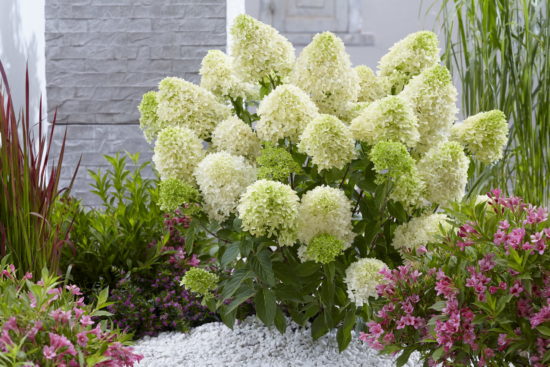
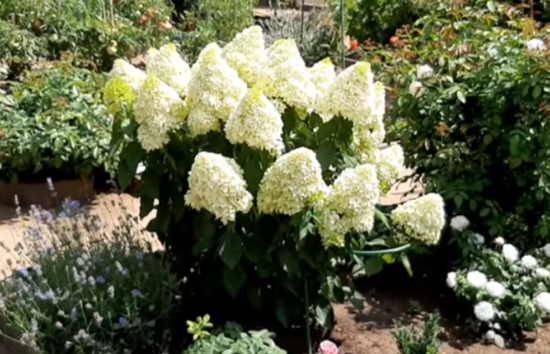
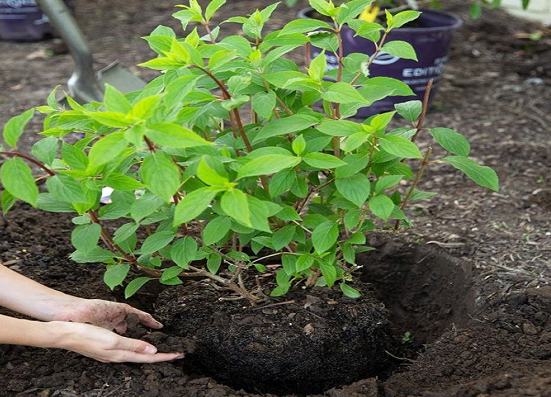
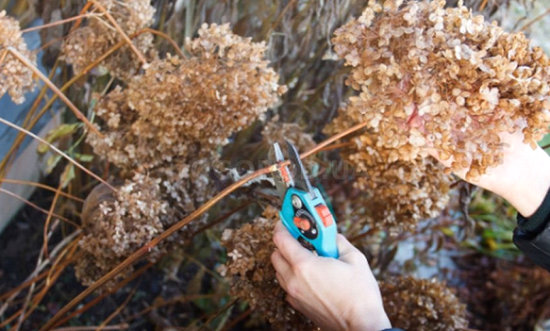
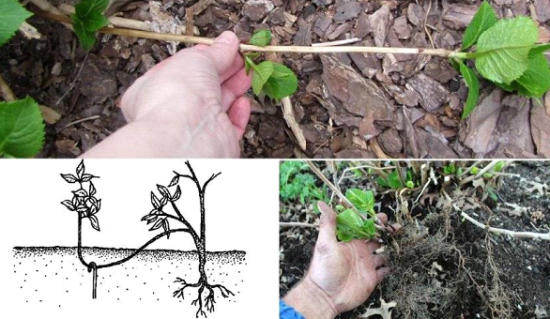
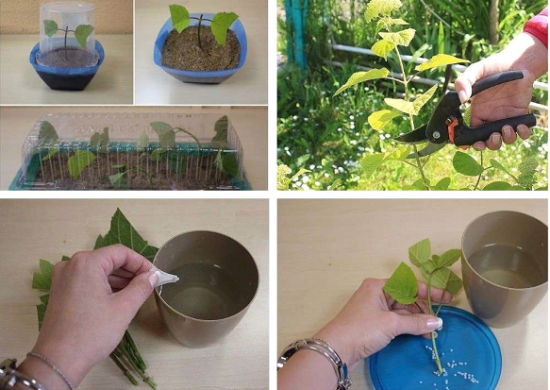


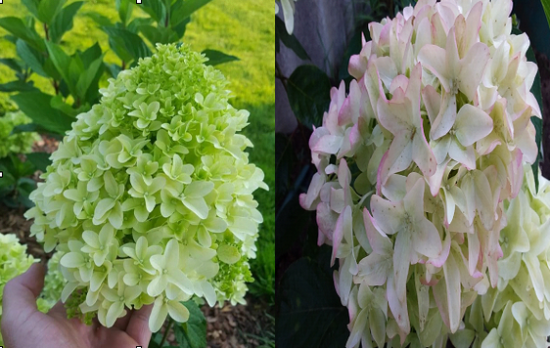
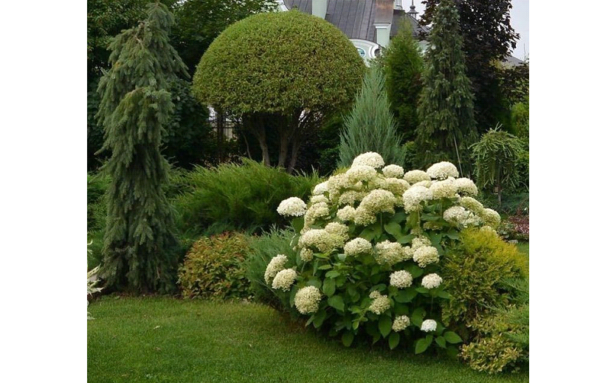
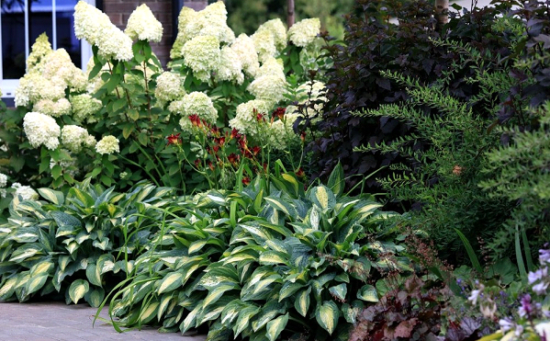
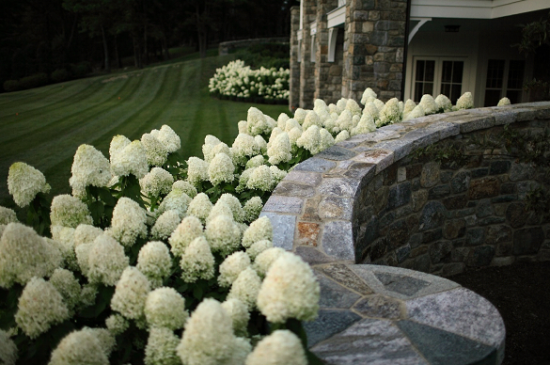
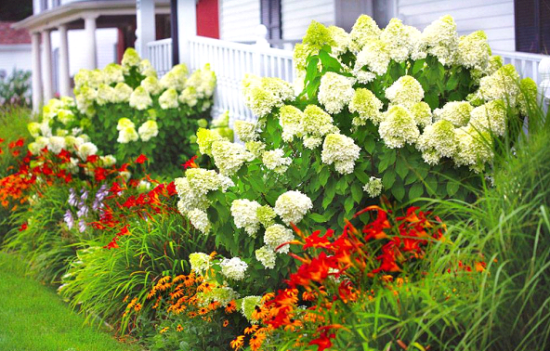
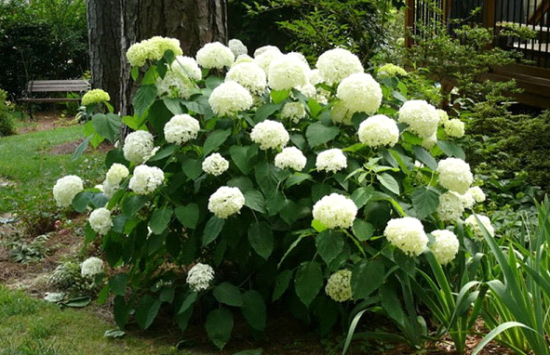

 CUCUMBERS NEVER GET SICK, I'VE BEEN USING ONLY THIS FOR 40 YEARS! I SHARE A SECRET WITH YOU, CUCUMBERS ARE LIKE THE PICTURE!
CUCUMBERS NEVER GET SICK, I'VE BEEN USING ONLY THIS FOR 40 YEARS! I SHARE A SECRET WITH YOU, CUCUMBERS ARE LIKE THE PICTURE! You can dig a bucket of potatoes from each bush. Do you think these are fairy tales? Watch the video
You can dig a bucket of potatoes from each bush. Do you think these are fairy tales? Watch the video
 How our fellow gardeners work in Korea. There is a lot to learn and just fun to watch.
How our fellow gardeners work in Korea. There is a lot to learn and just fun to watch. Eye trainer. The author claims that with daily viewing, vision is restored. They don't charge money for views.
Eye trainer. The author claims that with daily viewing, vision is restored. They don't charge money for views. A 3-ingredient cake recipe in 30 minutes is better than Napoleon. Simple and very tasty.
A 3-ingredient cake recipe in 30 minutes is better than Napoleon. Simple and very tasty. Therapeutic exercises for cervical osteochondrosis. A complete set of exercises.
Therapeutic exercises for cervical osteochondrosis. A complete set of exercises. Which indoor plants match your zodiac sign?
Which indoor plants match your zodiac sign? What about them? Excursion to German dachas.
What about them? Excursion to German dachas.